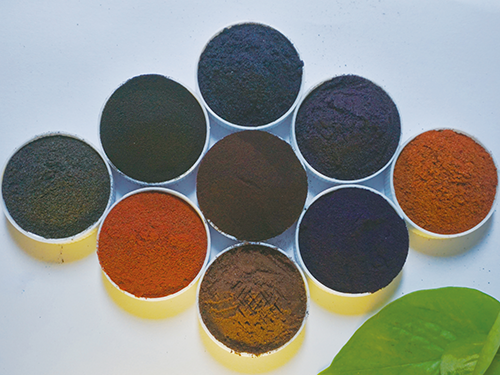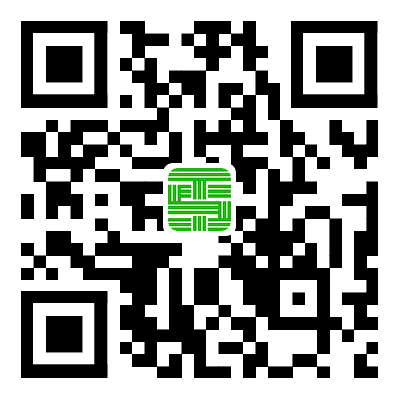
I believe many people are not very familiar with the dyeing of ready-made clothing coatings. Due to a lack of understanding, it is not possible to use ready-made clothing coatings correctly for dyeing. Regarding this, Guangdong Tiansheng New Material Technology Co., Ltd. will inform you about the dyeing methods and precautions for clothing coatings.
Coatings are insoluble in water and have no affinity for fibers. They cannot be dyed according to the dyeing conditions of the dye. For textiles, a coating has been developed that can be uniformly dispersed in water using anionic surfactants. This type of coating is called pigment resin coloring (PRC) and is generally used in pigment printing.
Generally, coatings are dispersed into 1 micron sized particles, with approximately 108mol of each particle attached to the fibers. And dyes are dyed in 1mol units (in a few moles of association state according to different situations), where we can understand the differences between coatings and dyes.
Coatings do not have the ability to diffuse into the interior of fibers, resulting in a physically attached state on the fiber surface. They are fixed to the fiber surface using a resin component called an adhesive. If an adhesive is used to completely fix it to the surface of the fiber, the pigment is not easily detached and the dyeing fastness is good. However, due to the influence of the resin contained in the adhesive, there are short areas where the feel becomes hard.
Pigment printing or pad dyeing is the process of forcing coatings to physically adhere to the surface of fibers. Due to the use of adhesive fixation, even if the coating itself has no affinity for fibers, it can still be dyed. When using the exhaustion method for dyeing clothing coatings, it is necessary to ensure that the coating is firmly attached to the fiber surface.
When using the exhaustion method for dyeing, cationic polymers (such as compounds used as dye fixing agents and similar substances) are attached to the surface of the fibers during the pre-treatment process. Generally, coatings are dispersed through anionic interface activators, and the coatings are absorbed by the fiber surface by the ion combination of the cationic group of the pre-treatment agent and the anionic group of the anionic activator on the coating surface.
Because this is not a combination of paint and fibers, it is not firm. After the coating is adsorbed, the resin is adsorbed onto the fibers, and the coating on the surface of the fibers is bonded to the fibers through the resin. The dyeing process is as follows:
[Example of Paint Dyeing Process] Desilting → Hot Water Washing → Cationic Agent Pretreatment (60-70 ℃ × 20-30min) → Paint dyeing (70-100 ℃ × 30min) → adhesive exhaustion (30-60 ℃) → drying • curing (adhesive fixation, 90-130 ℃) × 10 minutes) (Recently, the surface has been positive, and even without pre-treatment, the new coating product has been exposed)
The main pigments used in the above dyeing methods are coatings with the following chemical structures, which have extremely good color fastness compared to ordinary dyes.
Yellow: Acetoacetate aniline yellow paint
Red: azo coating
Blue to green: phthalocyanine coatings
Black: Carbon black coating
White: titanium white coating
However, the above dyeing method uses adhesives to bind fibers without affinity to pigments, and therefore, color fastness is related to the degree of adhesion between the adhesive based coating and fibers.
In general, in pigment printing, the pigment is fixed to the printing part through a large amount of adhesive, resulting in a hard feel but good fastness.
There are many situations where it is not advisable to use a large amount of adhesive for treatment in the absorption method. For example, when dyeing ready-made clothing coatings, due to the great importance placed on hand feel and popularity, it is necessary to reduce the dosage of adhesives. Therefore, the following issues often occur in color fastness:
1. Fastness to sunlight (discoloration), fading (caused by incomplete adhesion, condensation, and migration of coatings);
2. Resistance to rubbing and rubbing (wet), abrasion pollution (caused by incomplete dyeing and bonding on the coating surface);
3. Washability, color detachment (caused by the solvent resistance of the adhesive).
For fabrics dyed with paint using the exhaustion method, Guangdong Tiansheng New Materials believes that the phenomenon of substandard color fastness is common. Therefore, it is necessary to develop new products based on the original situation after fully understanding these situations.
About
Brief introduction Application Certificate Laboratory Connectproduct
Post finishing agent Enzymatic water Brightener Printing/Coating Additives MoreNews
Dynamic Lnformation Common
Mobile website

TRL:+86 0769-88124837
Chinese mailbox:dgtshdrl@163.com
English mailbox:postmaster@tianshengchem.com
Guangdong Tiansheng Environmental Protection New Material Technology Co., Ltd. Copyright © 2023 all rights reserved